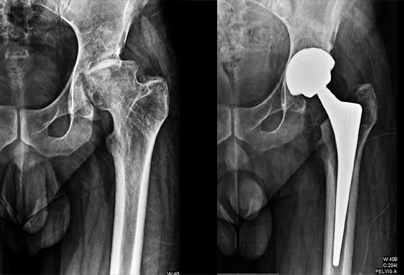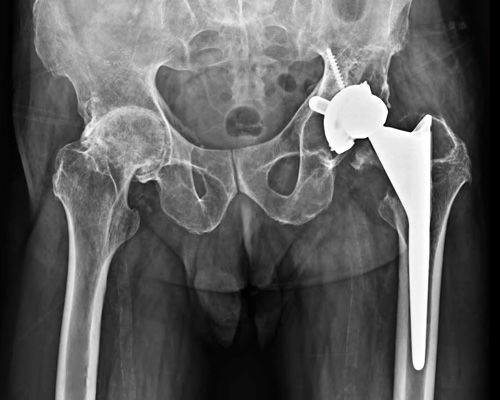Revision Hip Surgery
Avoiding infections is very important in surgical procedure. In some case, if blood blockage occurs
then before get in to worse situation should take more caution to avoid secondary infection. In some
case, it’s a causal practice to open the surgery area and wash it, the process of wound irrigation. Mostly in rare cases like unpredicted either unfortunate incidence goes wrong. Revision surgery is not the fate accompli, but an inevitable element over years.
Expert says 95% of implants will remain for more than 20 years. But post that you might need replacement, due to the following reasons: Loosening, infection, wearing of the bone, unforeseen pain, Dislocation or Fracture of bone supporting prosthesis.Asian Joint Reconstruction

Loosening of the portion (the cup or the stem) is one reason for the hip to become painful in the prolong. This is called aseptic loosening. This may occur due to deboning of the cement in cemented hip replacements, wear of the polyethylene, portion subsidence and migration, injuries or fractures around the replaced joint. The constant fretting of this loose portion against the bone leads erosion of the bone and bone loss.

Preoperative X-ray showing eccentric femoral head because of poly wear and aseptic loosening of femoral stem

Postoperative X-ray showing revision acetabular shell and Wagner revision stem
Revision surgery of the hip involves removal of these loose elements, cleanup the bone cavity and replaces the joint with new elements. Significant loss of bone generally makes these surgeries complicated and requires alternate techniques. These procedures would requirecorrectcoming up with, applicablechoice of elementsand methodsto revive the bone loss. The new arrival materials, standardelements, bone substitutes and new strategies enable the surgeon to offer customised successful options. These aredependent tothe particular issue which related to the case. There has been a relentlessmodification and evolution within thevaried surgical techniques and choices.All revision surgeries are mostly identified with non cemented fixation of components. The surface of these implants enables bone in-growth on to the surface, thus making the component fixation solid, stable and near permanent.At the Asian Orthopedic Institute (AOI) situations involving significant bone loss and alternative complexities bear a method of precise coming up with newly acquired 3D frequent prototyping. This allows accurate location of component, if required any additional items like augment or bone graft to cover defects. This has enabled precise reconstruction of the hip joints with smart predictable functional outcome.
Hip Revision Surgery for Infection

Preoperative X ray showing acetabular erosion and septic loosened femoral monoblock stem

ALCS – Antibiotic Loaded Cement Spacer made out of mould

Hand made ALCS with Shanz pin in situ

Postoperative X ray with revision acetabular cup and Revision Wagner stem
Hip Revision Surgery for Dislocation

Preoperative X-ray showing dislocated hip with femoral stem subsidence

Postoperative X-ray with retained acetabular socket and a long revision Wagner stem

